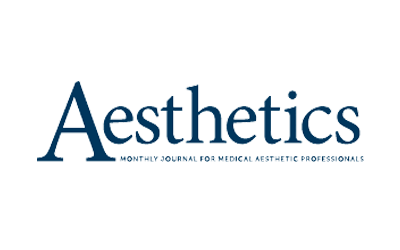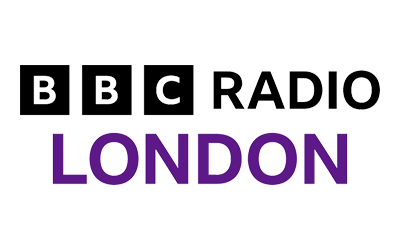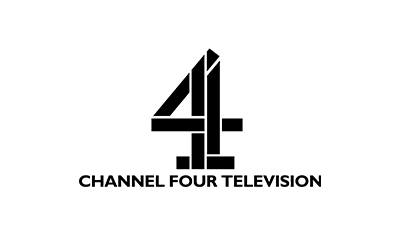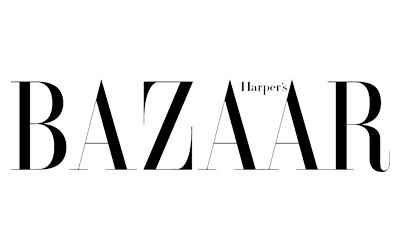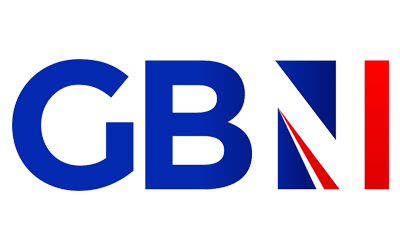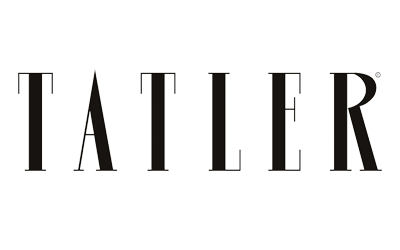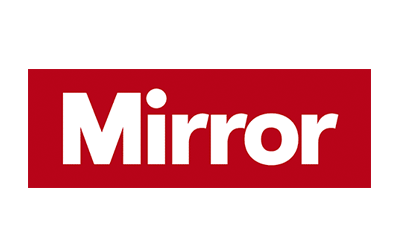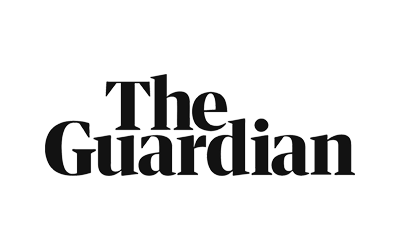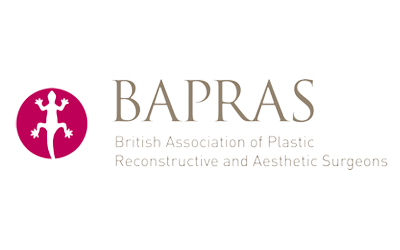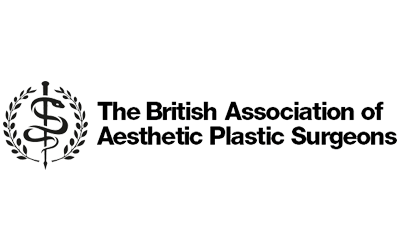You might know your dermal fillers from your anti-wrinkle injectables, but do you know what’s an injectable moisturiser or a HIFU facial? Here is the Karidis Clinic glossary for all things aesthetic.
Quick Links
- Autologous fat grafting
- Collagen
- Collagen Banking
- Cosmeceuticals
- Cryolipolysis
- Cupid’s Bow
- Dermabrasion
- Dermis
- Downtime
- Elastin
- Epidermis
- Fitzpatrick Skin Type
- Fractional laser resurfacing
- Glabellar
- HIFU
- Hyaluronic Acid
- Hyaluronidase
- Hypodermis
- Injectable Moisturisers
- IPL
- Lidocaine
- Marionette Lines
- Melanin
- Microneedling
- Nasolabial Fold
- Necrosis
- PDO Threads
- Phi
- Philtrum
- Platelet Rich Plasma
- Pulsed Dye Laser
- Radiofrequency Skin Tightening
- Skin Peel
- Vermillion Border
Autologous fat grafting
Also called autologous fat transfer, lipomodelling or lipofiliing, this procedure takes your own fat– typically from the buttocks or abdomen – before it is purified and then injected into the face to reverse the common signs of ageing. The fat that grafts successfully will volumise the face and results are longer lasting than dermal fillers.
It can also be injected into the breasts for a subtle enhancement and alternative to breast implants.
Collagen
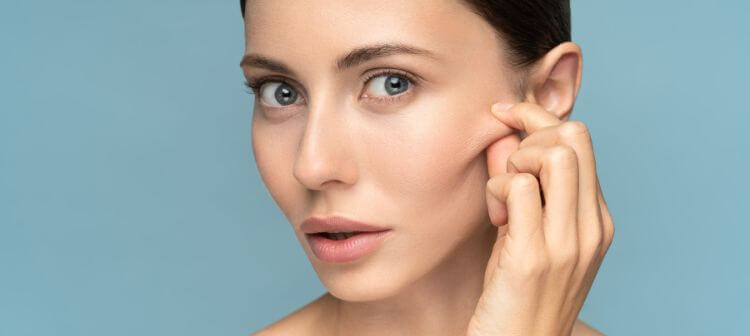
Collagen is an extracellular matrix protein that makes up to 80% of the dermis. It is incredibly strong and gives volume and structure to the face. Collagen also plays a key role in each stage of wound healing.
Collagen production slows down as we get older and is a key factor in changes to the shape and definition of the face. Lifestyle and environmental factors such as smoking, stress, sun damage, can all speed up this depletion of collagen.
Many of the aesthetic treatments we offer, achieve long-lasting results by stimulating collagen production. This includes Ultherapy and the ClearLift Laser.
Collagen Banking
The concept behind collagen banking is to future proof your skin by boosting collagen production with non-surgical procedures before levels are depleted and ageing changes take place. Profhilo stimulates collagen production as well as hydrating the skin.
Cosmeceuticals
A cosmeceutical is a cosmetic skincare product that contains biologically active ingredients, also known as bioactive ingredients, that are thought to have a pharmaceutical effect on the skin by penetrating the epidermis.
Cryolipolysis
Also known as fat freezing, this technology was developed when scientists discovered that fat cells are sensitive to extreme cold.
Stubborn pockets of fat are frozen until the fat cells crystallise and then are naturally eliminated from the body, with no damage to the surrounding tissue. The most well-known fat freezing brand is CoolSculpting.
Cupid’s Bow
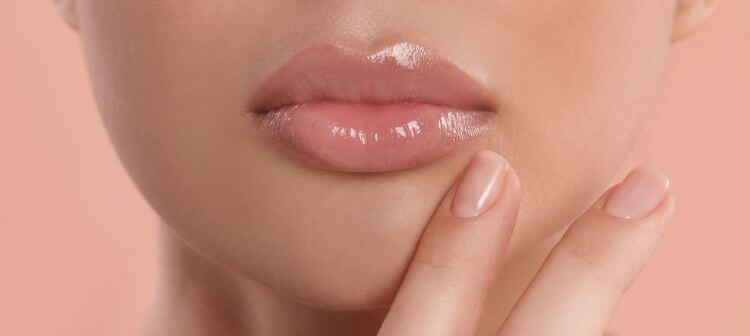
The small V-shaped area on the top lip. The shape of the mouth can be enhanced and defined with dermal fillers.
Dermabrasion
A dermabrasion procedure removes the outer layers of the skin to reveal fresh, healthy skin. It can target pigmentary changes, fine lines and signs of sun damage. The HydraFacial delivers a highly effective dermabrasion facial.
Dermis
The dermis is the middle layer of the skin and accounts for almost 90% of its thickness. This layer is composed of blood vessels, hair follicles, sweat glands, sebaceous glands, as well as collagen and elastin fibres.
It plays an important role in ageing changes as these collagen and elastin fibres deplete as you get older contributing to wrinkles and loss of skin elasticity. Many aesthetic treatments target the dermis to reverse facial ageing including Ultherapy.
Downtime
This refers to the amount of time that it takes you to recover from an aesthetic procedure or treatment.
Elastin
Elastin is an extracellular matrix protein that is found alongside collagen in the dermis and connective tissue. It is very flexible and elastic and is what helps our tissues ‘snap’ back into place after we frown, smile or make any kind of facial movement.
As with collagen, our natural levels of elastin deplete as we age, and this leads to the formation of wrinkles and skin sagging.
Epidermis
The outer layer of the skin that acts as a physical and biological barrier to external environmental factors as well as preventing loss of water.
Fitzpatrick Skin Type
A classification system developed in 1975 to categorise six different skin types, based on skin colour and how the skin reacts to sun exposure.
Fractional laser resurfacing
Traditional lasers used a solid beam of energy to treat the skin, whereas fractional lasers use a matrix of microscopic beams to penetrate down to the epidermis while leaving a large proportion of the skin undamaged.
This speeds up downtime while encouraging the body’s natural healing process, improving the appearance of acne scarring, pigment changes and wrinkles.
Glabellar
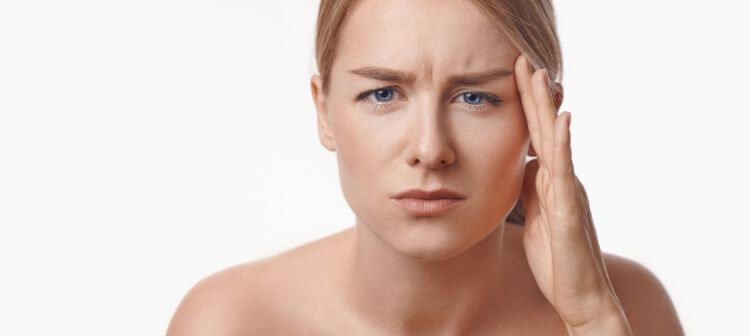
The glabellar is the central area between the eyebrows and above the nose. Glabellar lines, commonly known as frown lines, are the vertical lines that appear between the brows and which are caused by constant move of the small muscles in the glabellar area.
Wrinkle Smoothing Injections are highly effective at smoothing frown lines.
HIFU
HIFU stands for High-Intensity Focused Ultrasound which delivers ultrasound energy into the dermis to stimulate collagen production. Over time, tighter, firmer and more rejuvenated skin is produced.
Ultherapy is the gold standard for ultrasound-based technology. It uses micro-focused ultrasound, or MFU, which focuses energy to a specific skin layer, allowing for a more precise and effective treatment.
Hyaluronic Acid
Hyaluronic acid is a molecule found naturally in the body and used to lubricate the joints, nerves, hair, skin and eyes.
It is also a moisture binder, capable of holding almost 1000 times its weight in water, so it has become a superstar ingredient in skincare and has now become the most popular and effective category of temporary injectable dermal fillers.
Hyaluronidase
This is an enzyme that can safely degrade hyaluronic acid and is used to dissolve HA dermal fillers if they have been injected unevenly, incorrectly or excessively.
Hypodermis
The bottom layer of the skin that consists mainly of fat. The hypodermis stores energy, insulates the body and acts as a shock absorber. It also connects the dermis layer of your skin to your muscles and bones and as you get older it shrinks, which it contributes to skin sagging.
Injectable Moisturisers
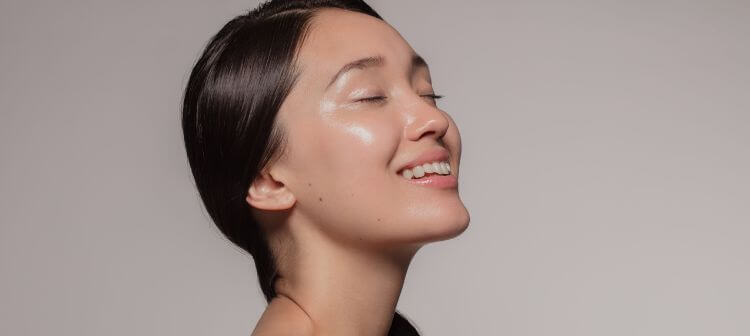
These are a new category of cosmetic injectables that are predominantly composed of a hyaluronic acid. As well as instant hydration, they also remodel crepey, sagging skin by stimulating collagen production.
Unlike hyaluronic acid dermal fillers, they do not add volume or change the shape of the face. Gold standard brands include Profhilo and Teosyal Redensity.
IPL
IPL stands for Intense Pulsed Light which delivers light of many different wavelengths into pigment cells in the skin which absorb this light energy and convert it into heat, thereby safely and effectively destroying these cells. IPL can be used to reduce hair growth as well as treat excess pigment in age spots, thread veins and rosacea.
Lidocaine
Lidocaine is a local anaesthetic that works by blocking the nerve endings in the skin from sending messages to your brain. Local anaesthetic cream containing lidocaine is used to numb the skin before common aesthetic treatments such as Anti-Wrinkle Injections, and it is now incorporated in many dermal filler formulations to further minimise patient discomfort.
Marionette Lines
Marionette lines, medically known as the melomental folds, is the line that appears from the corner of the mouth extending down to the jawline and which deepen as we age. They can be treated with dermal fillers.
Melanin
Melanin is a pigment produced in melanocyte cells and is the substance that gives your hair, eyes and skin its colour. It also protects your body by absorbing harmful UV rays, darkening to give you a golden glow.
However, over time, this damage causes an uneven increase in melanin production that presents as patches of hyperpigmentation and dark spots. Treatments such as The Perfect Peel are ideal for targeting pigmentary changes.
Microneedling
A stamp or rolling device that is composed of many fine needles is used to make tiny punctures in the top layer of the skin. This triggers the body’s natural healing response while leaving surrounding undamaged tissue to minimise downtime.
Microneedling is highly effective for treating acne scarring, pigmentation changes and fine lines and wrinkles.
Nasolabial Fold
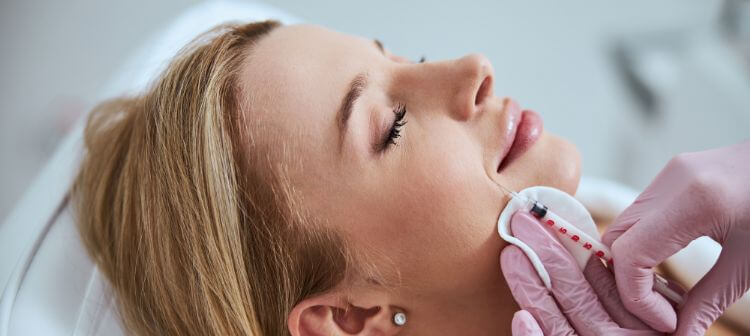
This is the line between the nose and the corner of the mouth and which is also known as the smile lines or laughter lines. The nasolabial folds deepen as we age, and tissue descends in the mid-face. Dermal fillers are highly effective at filling the nasolabial fold.
Necrosis
Necrosis refers to the death of tissue and is usually due to a compromised blood supply. It is a very rare but serious dermal filler complication which occurs if filler is accidentally injected into an artery or too much filler compresses a nearby artery.
PDO Threads
PDO threads or a PDO thread lift is a minimally invasive procedure to lift and tighten the facial tissues while also stimulating collagen production.
PDO stands for Polydioxanone, a biocompatible material that has been used for many years in surgical sutures and which naturally breaks down in the body.
Silhouette Soft is another type of thread lift and are composed of another biocompatible material known as Poly L-lactic acid (or PLLA).
Phi
Also known as the Golden Ratio or the Fibonacci number, Leonardo Da Vinci realised that the closer a face achieves this mathematical symmetry algorithm, the more beautiful it was perceived.
Philtrum
This is the midline groove that runs from the top of the lip to the nose. The length of the philtrum varies genetically but it can extend as we get age and the facial muscles start to sag.
Platelet Rich Plasma
Also known as PRP or described as the Vampire Facelift or Dracula Facial in the media, this procedure uses the body’s own natural healing properties to reverse facial ageing.
The patient’s own blood is centrifuged to isolate plasma and remove impurities, before it is injected back into the face. Platelets in the plasma generate growth factors in the skin to rejuvenate and repair.
Pulsed Dye Laser
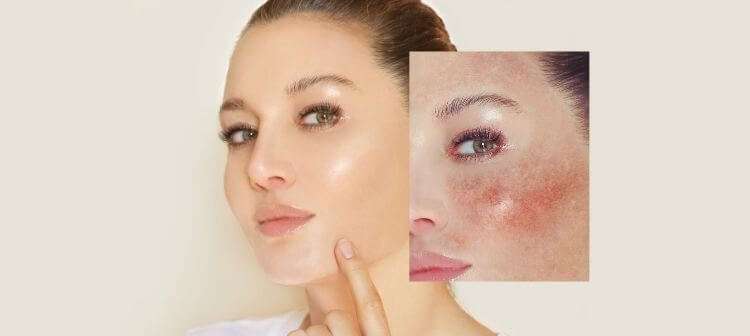
A Pulsed Dye Laser uses a concentrated beam of light that is attracted to anything vascular in the skin. The light is converted into heat that destroys the blood vessels while leaving surrounding tissue unharmed.
The gold standard Pulsed Dye Laser is VBeam and it is highly effective at treating facial spider veins, rosacea, birthmarks and angiomas.
Radiofrequency Skin Tightening
This is a minimally invasive treatment that utilises low levels of radiofrequency energy to heat up the dermis. This stimulates collagen production which, in turn, tightens the skin with no downtime. Popular brands include Accent and Thermage.
Skin Peel
Also known as a chemical peel, this procedure involves applying a formulation of acids on the skin that encourage skin cell renewal while removing dead skin cells. New, healthy skin is revealed. Skin peels are typically composed of AHAs (Alpha Hydroxy Acids) and BHAs (Beta Hydroxy Acids) and the difference is in the level of exfoliation.
AHAs such as lactic or glycolic acid increase cell turnover and renewal. BHAs, including salicylic acid, are larger molecules and can cut through oil which makes them ideal for oily, acne prone skins.
Vermillion Border
The vermillion is the red part of the lips and the border is the rim of paler skin that defines the contours of the lips. As we age, fine lines appear on the vermillion border. Temporary dermal fillers and Muscle Relaxing Injections can be used to improve the appearance of the vermillion border.


